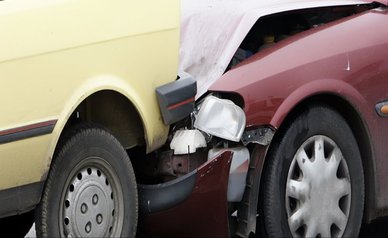Car accidents can happen in a variety of ways. Whichever way it happens, someone will always be at fault. One of the most common types of collision is when a car rear-ends another. Even such an accident could lead to personal injury. That is why it is crucial that you look for only the best Atlanta injury lawyers when involved in a car accident.
A rear-end collision usually happens when a vehicle’s front end impacts another vehicle’s back end. In most instances, the police will cite the driver of the ”following” vehicle as the one at fault. In case you get a ticket for such an offense, it doesn’t always mean you’re the guilty party. You can decide to contest the decision in a court low of law. The big question you should be asking yourself is whether the facts support the conclusion of the case.
The Concept of Negligence
You can’t talk about car accidents without touching on negligence. A person is considered negligent if the actions are not at par with a reasonable person’s expectations.

You will be said to be negligent if a reasonable person would have better handled the situation that led to the accident. In Georgia, two rules could potentially lead to rear-end collisions:
Failure to Signal
The rules state that no driver should stop or suddenly decrease the speed without properly signaling or when there is an opportunity to give such a signal.
Following Too Closely
The driver should not follow another vehicle too closely than it is prudent and reasonable.
Establishing Fault For Rear-end Accidents
The driver behind the wheel of the vehicle that rear-ends the other vehicle will almost always be considered at fault, depending on the circumstances. It is a driver’s responsibility and duty to follow another vehicle at a safe distance. This is because there are occasions when the car in front could come to a sudden stop to avoid a dangerous situation or when there is traffic. A reasonable distance from the car in front is required so that there are no potential collisions if a sudden stop is necessary.

There are occasions where the fault is of the vehicle that is rear-ended. The scenarios will include:
- Sudden reverse by the driver
- The driver’s brake lights are not functioning
- The driver stops suddenly to make a turn but fails to do so
- A driver gets a flat tire, doesn’t pull over or engage the hazard lights
In the mentioned examples, the vehicle’s rear-ended driver will be at fault party. When it comes to the legal implications, the case will be determined by how much the driver’s negligence contributed to the accident. The state jurisdiction will also determine the case when more than one party is at fault for an auto accident.
Comparative Negligence and Contributory Negligence
The outcome of the case will vary from one state to another if more than one driver is involved in the accident. Some states will follow the contributory negligence system, which is a little “harsh” compared to the comparative one.
Contributory Negligence: Only a few states still follow this system. This law implies that if Driver 1 can show that Driver 2 actions contributed to the accident in whatever form, Driver 2 will be barred from recovering anything in the lawsuit against Driver 1.
Comparative Negligence: In this system, the fault is attributed to the parties involved in the accident. Even though a driver’s liability will be reduced, it will not be eliminated entirely when the other party is also at fault. There are two possible outcomes for a Comparative Negligence System:
Pure comparative negligence: The liability will be divided depending on the fault of the driver. If driver 1 is 30% to blame, he has $20000 in damages, and he can collect $17000 from driver 2, who is 70% to blame for the accident.
Modified comparative negligence: The liability can only be split depending on the level of fault to a particular degree. The plaintiff will not be allowed to exceed a certain level as he or she will be barred from recovery. The limit is usually set as 50%, and the plaintiff is barred from recovering anything that exceeds it.
It Depends on the Facts
Determining the fault will rely on nothing but facts. According to Georgia courts, each situation is different when examining the facts. The issues raised will be determined by the existing evidence. It will not be possible to raise a claim when there is not enough evidence to support the conclusion. If you’re a victim, you’re supposed to collect as much evidence as possible to help build your case. Make sure you’re taking pictures and videos at the accident scene. You can even video interview witnesses at the scene, as that could help with the case.
You might rely on memory for the recollection of events. You can write them down or do voice recording, so you don’t leave out anything. The better the documentation at the front end, the more evidence you will have in building the case in your favor.
If you’ve been involved in a rear-end collision, it will be up to you to prove the at-fault driver’s liability. That is why it is crucial that you look for an experienced attorney. Some cases will require hiring accident reconstruction experts, especially if it is a personal injury case. The experts will be able to evaluate all the factors that might have led to the accident and the damages incurred. There is also a chance that the cause of the accident might be a defective design, which will require the vehicle to be professionally inspected. An experienced attorney will help examine the case to determine liability.
Bryce is considered a highly esteemed trial lawyer and a passionate client advocate amongst his peers in the Atlanta legal community. Never afraid to go the extra mile for his clients, Bryce Angell works tirelessly to ensure that each client’s personal injury case gets the attention that it deserves.



